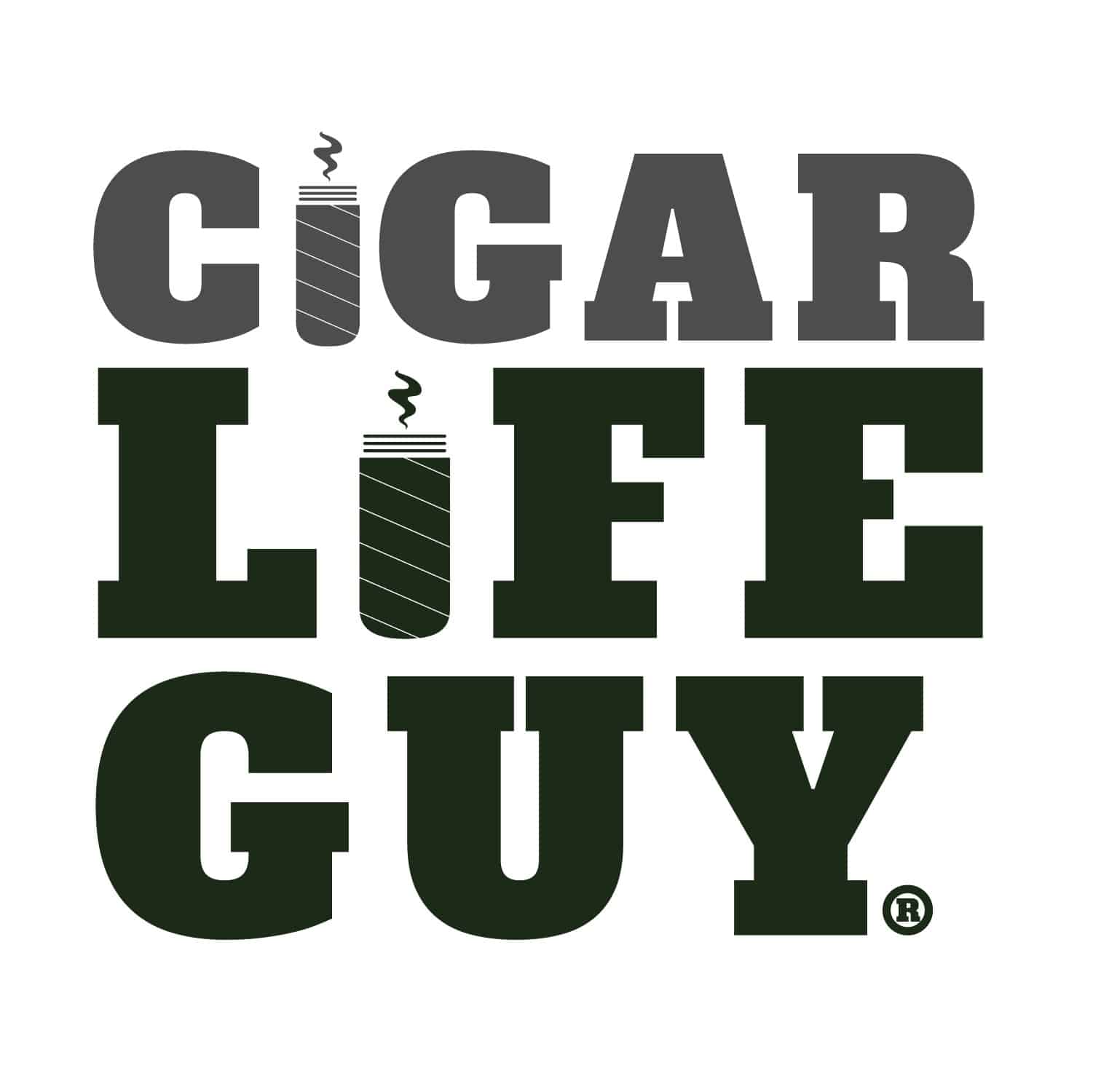If you’re an aficionado, you are probably familiar with how size and shape affect the way cigars taste. When selecting cigars, smokers should consider the type of rolls, the lengths, and the girths or ring gauges. Length, measured simply in inches, is the most apparent cigar characteristic, but the diameter of cigar ring gauges is equally important. Learning how diameter is measured is tricky but easy to learn.
The Math on Cigar Ring Gauges
There’s no mystery behind cigar ring gauges. They measure the diameter in fractions of a sixty-fourth of an inch. A sixty-fourth of an inch equals one ring. The most common cigar sizes measure within the 38 to the 60-ring range, although there are plenty of exceptions. Said differently a 60-ring cigar is 60 sixty-fourths of an inch in diameter — nearly an inch.
In the beginning, cigar makers gave little thought to varying diameters of cigars. As the industry grew, they began experimenting with the thickness of a cigar and how it changed and enhanced a blend. For a long time, cigar makers in Cuba made nothing larger than a 50-ring gauge. Larger ring gauges didn’t grow in popularity until the 90s boom.
Trends come and go, and unique cigars debut every year. Here is a rundown of the typical vitolas and their corresponding ring gauges.
Common Cigar Ring Gauges and Sizes
With cigar ring gauges, there are no absolute standards. You will see some overlap among the ranges, but here is a general breakdown.
38-42 Gauge
The smallest variety of premium cigars, this range includes Panatellas, Lanceros, and Petit Coronas.
43-49 Gauge
The Churchill is one of the more iconic cigar sizes. Even nonsmokers would recognize this long medium gauged cigar at a glance. The Churchill serves as a good baseline for familiarizing yourself with cigar ring gauges.
Most Churchills measure between the 46-50 range, so if you have a good visual on a typical Churchill you should have a handle on what this thickness looks like. Other styles within this range include Lonsdales, Rothschilds, Double Coronas, and in most cases Coronas.
50-54 Gauge
This range includes Belicosos, Toros, Robustos, and the occasional Churchill.
55-59 Gauge
There is a noticeable leap here in thickness. Different brands have their own definitions of these styles, but this range includes larger Robustos and Toros. Torpedoes and Gigantes also fall within this range.
60 and Up Gauge
More brands are making cigars of this size. These are mammoth cigar ring gauges that include Gigante, Double Toros, and Magnums.
Remember that these are not the only style of cigar. Figurados could have several ring gauge measurements as they are tapered and bulkier at various points in their construction. This contributes to the unique way a cigar smokes and tastes.
Cigar Ring Gauge vs. Taste
What do all these numbers add up to? The flavor and essence of a cigar.
The true character of a cigar and close to 80% of its flavor comes from the exterior wrapper. This was why Fidel Castro preferred his cigars thin. The Cohiba plant even created a special size with Fidel in mind when it made Lanceros in the 1960s. Long and thin (usually 34-40 ring and up to 7.5 in length), this cigar spiked in popularity over the years. Many cigar lines still make them when they want to highlight the quality of a particular tobacco leaf and blend. Since these cigars have less binder and fill, many cigar makers still attest to the Lancero, capturing the purest aspects of an exterior leaf.
That is why size matters for smoking cigars. It’s not just about how much time you have or mere appearances. Cigar ring gauges affect the taste.
The flavors of the exterior leaf will not be as pronounced in thicker cigars simply because they use more binder and filler. The thinner the cigar, the more you’ll taste the exterior wrapper. Thicker cigars burn cooler. Thinner cigars can burn hot especially if they are not properly constructed. As with any premium cigar, the rolling process is precise. Balance is always the goal. With less binder and fill, the wrapper’s flavors are more stressed in thinner cigars like Coronas and Lanceros.
Cigar construction is an art form — one that you can taste for yourself. First, choose a cigar line you enjoy, and then experiment by smoking the same blend in a variety of sizes. Start by smoking the Corona. Note the traits of this relatively thin cigar. Then move up to a Toro and then Churchill. You’ll start to notice how the tobaccos from the binder and fill complement the exterior wrapper.
Learning the nuances of cigar features — lengths, shapes, cigar ring gauges as well as how the three tobacco components interact — is only one way to gain a deeper appreciation for your next stick.
Photo credit: Cigar Life Guy


